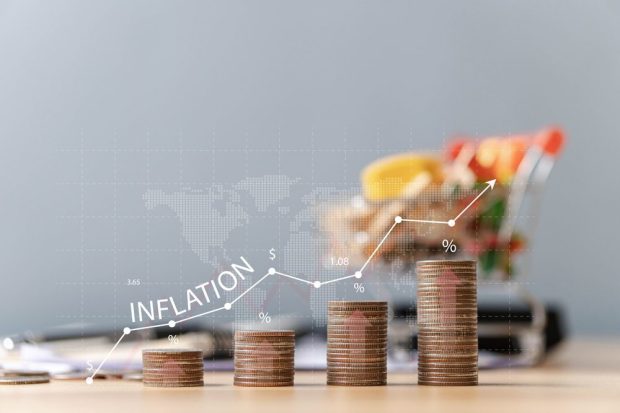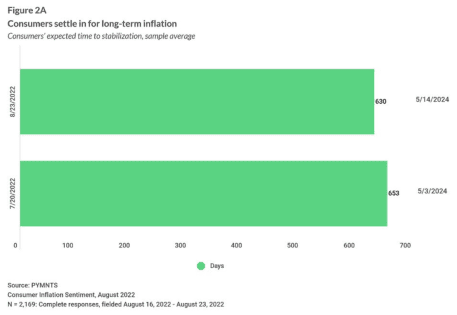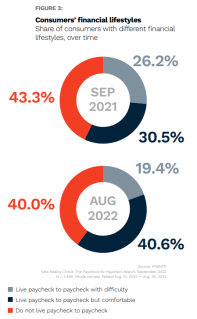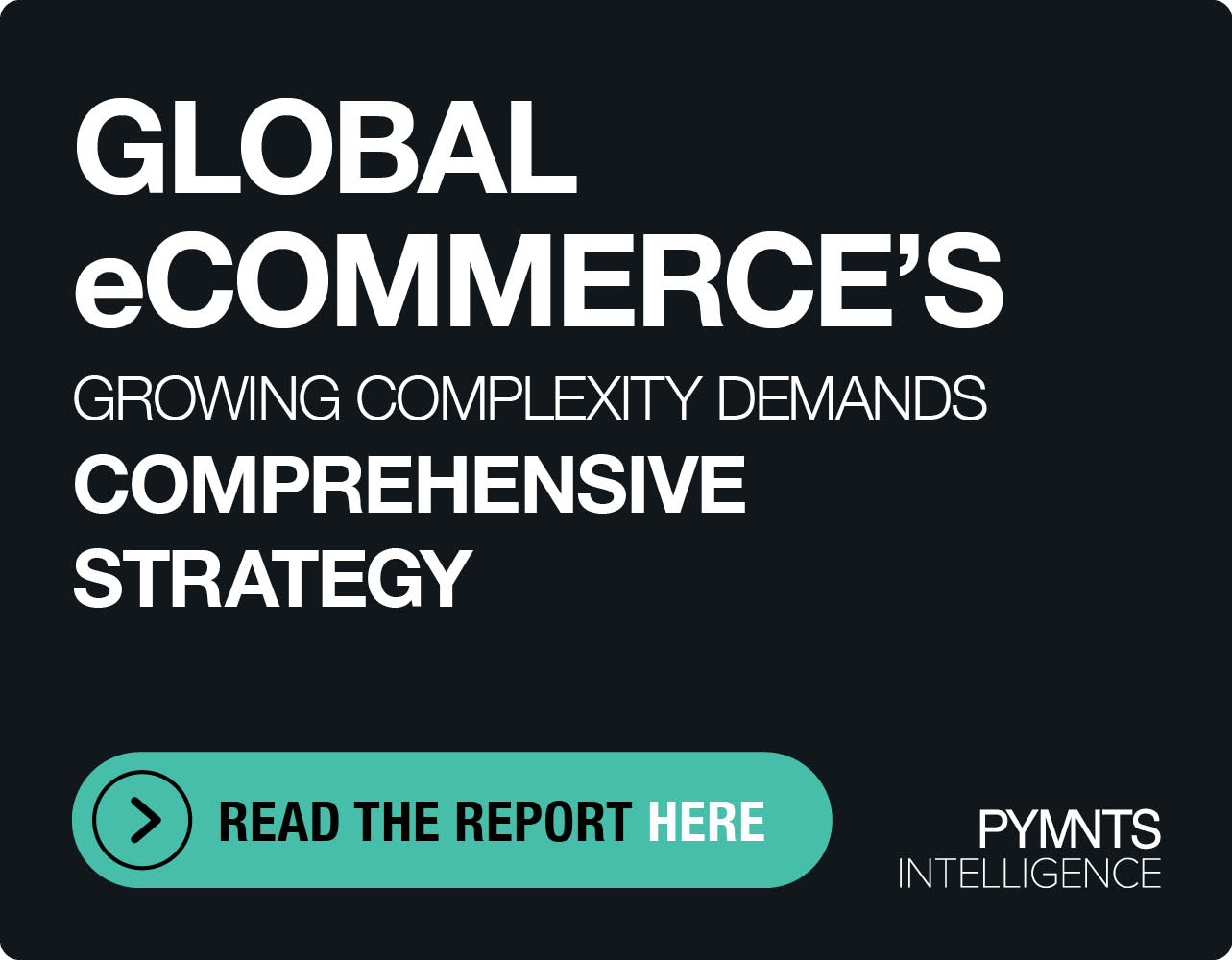5 Inflationary Trends to Watch As Q4 Gets Underway

Depending on who ask and how you ask it, consumers are either feeling a bit more confident about the economy as the fourth quarter gets underway, or they’re not.
Not to be flip, but with so many personal factors impacting their financial state of mind, gauging the collective consciousness of the nation’s consumers is no easy task, and yet there are a few bright spots that most everyone can agree on, such as rising wages and falling fuel prices.
In combing through a mix of the latest reports from government and academia as well as PYMNTS’ own research department, a decidedly mixed view of consumer sentiment emerges, albeit one that we have has distilled down to five standout trends likely to playout in the final three months of the year and beyond.
Spend More, Get Less
On Friday (Sept. 30) the Commerce Department released its latest personal consumption expenditures price index (PCE) which revealed that personal income increased 0.3% in August, while both disposable income and personal expenditures each increased 0.4% from July.
Long seen as a Fed Favorite barometer, the PCE Index packs a punch and implications that reach well beyond its narrow scope of study, with The Wall Street Journal reporting that the findings suggest “high inflation has become more embedded in the overall economy.”
A Longer Road to Recovery
Despite a 50% reduction in the price of gasoline from peaks levels set in June, as well as a broad-based increase in wages — especially at the low-end of the hourly scale — PYMNTS research finds that consumers do not believe that their shrunken buying power is going to disappear anytime soon.
Specifically PYMNTS’ recent Consumer Inflation Sentiment: Inflation Slowly Ebbs, But Consumer Outlook Remains Gloomy report that sampled over 2,100 U.S. consumers found that the average consumer expects inflation to continue at its current rate for more than 22 months.
Forget what the Fed and the bond market are telling you, consumers have spoken loud and clear and they’re not buying into the swift and soft-landing story one bit.

Unconvinced By Upticks
There are other indicators to mull, such as the closely watched University of Michigan Sentiment Survey which just reported results it called “essentially unchanged in September, just 0.4 index points above August.”
Michigan economist and director of surveys Joanne Hsu, said “Consumers welcomed the slowdown in inflation last month, but they show signs of uncertainty over the trajectory of the economy,” citing war, energy costs and other factors as having “the potential to exacerbate inflation in the U.S., and consumers will quickly notice any pass-through to rising prices.”
In this climate consumers favor things like instant disbursements. As found in the Disbursements Satisfaction Report 2022, a PYMNTS and Ingo Money collaboration, 47% of consumers would choose to receive instant disbursements if they could — up 3% from 2021 and 18% from 2020.
Pessimism Prevalent
According to The Conference Board Consumer Confidence Index® released Tuesday (Sept. 27), outlook is teetering as consumers look for positive signs but don’t seem to trust them.
In a statement, Lynn Franco, Senior Director of Economic Indicators at The Conference Board said “Consumer confidence improved in September for the second consecutive month supported in particular by jobs, wages, and declining gas prices.” But she added that, “recession risks nonetheless persist,” noting that “purchasing intentions were mixed, with intentions to buy automobiles and big-ticket appliances up, while home purchasing intentions fell.”
GDP and Unemployment Dampen Moods

On Thursday (Sept. 29) The U.S. Bureau of Economic Analysis (BEA) reported that “Real gross domestic product (GDP) decreased at an annual rate of 0.6 percent in the second quarter of 2022 ,
according to the ‘third’ estimate released by the Bureau of Economic Analysis. In the first quarter, real GDP decreased 1.6 percent.” It’s a strong indicator of a weakened consumer.
The New Reality Check: The Paycheck-To-Paycheck Report: The Inflation Edition, a PYMNTS and LendingClub collaboration, finds that covering expenses with little to no money left for nonessential purchases is now the prevalent financial lifestyle in America, noting in the latest survey that “92% of consumers say they have noticed higher prices in the products they purchased, while 74% saw increases in their monthly bills.”
